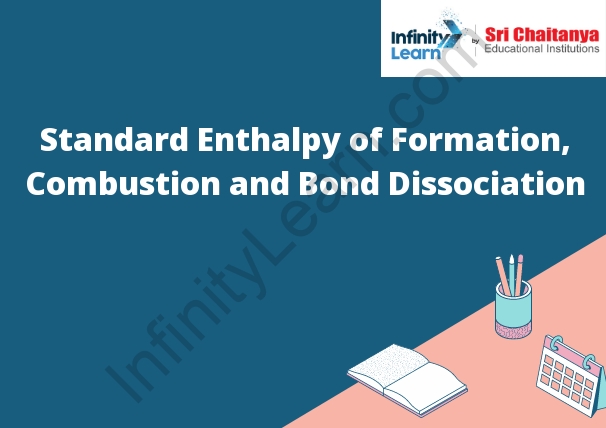Table of Contents
Introduction to Standard Enthalpy of Formation ;
Standard enthalpy of formation (ΔH f °) is the enthalpy change associated with the formation of one mole of a substance from its component elements in their standard states. The standard state of a substance is a state at 1 bar pressure and a specified temperature, usually 25 °C. The standard enthalpy of formation of a compound is the sum of the standard enthalpies of formation of the elements that make up the compound.

Define Enthalpy of Formation
The enthalpy of formation is the enthalpy change that accompanies the formation of a mole of a substance from its component elements in their standard states. The enthalpy of formation is a state function.
What Is the Enthalpy of Formation?
The enthalpy of formation (ΔHf) is the enthalpy change that accompanies the formation of one mole of a substance from its component elements in their standard states.
Enthalpy of Combustion
The enthalpy of combustion is the amount of heat released when a substance undergoes complete combustion with oxygen. The enthalpy of combustion is usually measured in kilojoules per mole (kJ/mol) or kilocalories per mole (kcal/mol). The enthalpy of combustion can be used to determine the amount of heat released when a fuel is burned.
Bond Dissociation of Enthalphy
HF
The bond dissociation enthalphy of HF is 3.3 kcal/mol.







